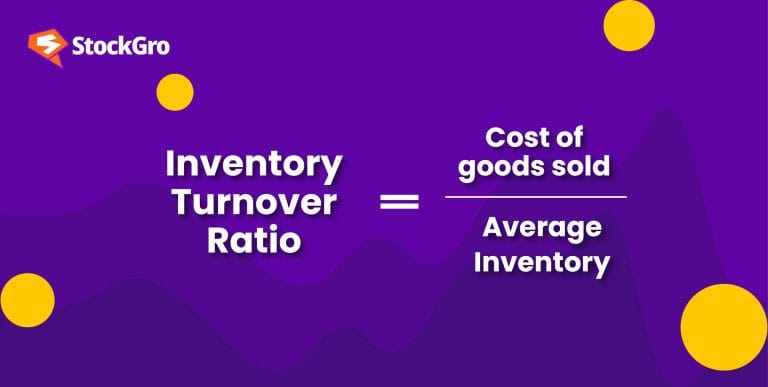Table of contents
Section 194Q of the Income Tax Act came into effect via the Finance Act, 2021. It focuses on tax deduction at source (TDS) for specific transactions. Want to understand how it works? Keep reading.
TDS- What is it?
The system is an essential component of the tax structure in India. It requires that taxes be withheld in part at the point of income origin. Be it salaries, interest, or professional fees, TDS makes sure taxes are collected upfront. This mechanism curtails tax evasion by taking a bite out of payments before they reach the recipient.
The deduction is then deposited with the government’s authority. When filing their annual return, the payee can claim this credit. Thus, TDS not only aids in immediate tax collection but also spreads the tax liability evenly across the year.
Also read: What is TDS? A complete overview of TDS in income tax
Section 194Q overview
Section 194Q targets large-scale buyers. It applies to those whose annual turnover exceeds ₹10 crore in the previous financial year. These buyers must deduct TDS when purchasing goods worth more than ₹50 lakh from a seller in a year.
The TDS is now @0.1%. This deduction occurs either when the payment is credited to the seller’s account or at the time of payment, whichever is earlier. Plus, if the amount is credited to a ‘Suspense account’ or any other account, TDS must still be deducted.
For the sake of strict adherence to the guideline, failing to comply can result in a 30% disallowance of the expenditure depending on the buyer’s transaction value.
This provision excludes imports and services, applying solely to the purchase of goods. It covers both revenue and capital goods, aiming to streamline tax compliance and reduce evasion. By placing the TDS responsibility on substantial buyers, the government enhances the efficiency of tax collection.
You may also like: Section 206AB of the Income Tax Act – TDS for Taxpayers Not Filing of ITRs
Section 194Q tax rate
Eligibility of Section 194Q
The tax rule has specific criteria for when it kicks in:
- The buyer’s prior fiscal year gross receipts, total sales, or turnover had to be more than ₹10 crore.
- Applicable only to payments made to a resident seller.
- TDS is triggered when total purchases from a seller exceed ₹50 lakhs in a financial year.
- Only the amount exceeding ₹50 lakhs is subject to TDS. Sums credited to any account, even suspense accounts, are treated as income credited to the seller.
Exceptions under the u/s 194Q
The provision isn’t relevant in a few particular situations::
- Where tax is already exempt from liability under another Income Tax Act provision.
- Transactions like securities & commodities on recognised bourses are exempt from 194Q. Plus, it doesn’t cover dealings concerning electricity or renewable energy certificates.
- In cases where tax is collected under Section 206C, 194Q is not applicable. There is one exception, though. Section 194Q is nevertheless applicable in the event that the transaction is covered by Section 206C sub-section (1H). Put simply, Section 194Q is not required if tax collection at source (TCS) is already occurring under Section 206C.
In cases where both u/s 194Q & 206C(1H) could apply, only Section 194Q will be enforced. This ensures buyers handle the TDS deduction, while sellers are exempt from collecting TCS.
Also read: Section 234B of the Income Tax Act – Interest for Default in Advance Tax Payment
Applicability
Section 194Q is best explained through real-life scenarios:
Example 1: A company that makes more than the threshold in sales a year buys goods from a supplier for ₹60 lakhs. Since the purchase exceeds ₹50 lakhs, TDS @ 0.1% is withheld on ₹10 lakhs.
Example 2: Say a company with ₹12 crores in revenue buys goods worth ₹40 lakhs initially & later adds another ₹20 lakhs from the same seller. The total of ₹60 lakhs means TDS applies to ₹10 lakhs.
Example 3: A business with ₹11 crores in yearly income buys items in multiple transactions from one seller, totalling ₹75 lakhs. TDS at 0.1% is then deducted on ₹25 lakhs, as this exceeds the ₹50 lakh limit.
Example 4: Think of a buyer with annual sales of ₹9 crores. They buy goods worth ₹55 lakhs in a year. Since their annual sales do not exceed ₹10 crores, Section 194Q doesn’t apply, and no TDS is needed.
How does it impact GST?
Section 194Q has specific implications for GST:
- When calculating the ₹50 lakh threshold, exclude GST from the turnover. Only consider the actual value of goods purchased.
- TDS is applied only on the purchase amount, not on the GST.
Bottomline
Section 194Q, part of the Finance Act, 2021, targets tax deduction at source on substantial transactions. It primarily affects large buyers with turnovers over ₹10 crores, enforcing TDS on purchases above ₹50 lakhs. This measure excludes imports and services, focusing strictly on goods.
It ensures tax compliance and timely collection, while also interacting uniquely with GST calculations. By comprehending its scope and requirements, businesses can adhere to tax obligations more efficiently, fostering a streamlined tax collection process.
FAQs
Section 194Q is a tax rule in India. It requires large buyers to deduct tax when buying goods over ₹50 lakhs in a year. This rule applies if the buyer’s total sales exceed ₹10 crores in the previous financial year. The tax rate is 0.1%. It ensures that taxes are collected on big purchases.
U/s 194Q makes the buyer deduct tax on goods worth over ₹50 lakhs. It applies if the buyer’s sales are more than ₹10 crores. Section 206C, however, requires the seller to collect tax on sales of certain items, like scrap or liquor. It’s about who is responsible. 194Q is for buyers, while 206C is for sellers.
During the financial year, tally together all of the purchases made from a single supplier to determine the ₹50 lakh limit for Section 194Q. In this computation, ignore GST. You are required to deduct TDS on the amount over ₹50 lakhs if the total exceeds that amount. For instance, deduct TDS on ₹10 lakhs if you purchase products for ₹60 lakhs. This guarantees accurate tax collection.
Sections 194Q & 194C both apply, but to different situations. Section 194Q is for buying goods over ₹50 lakhs, making buyers deduct TDS. Section 194C is for contracts, like hiring transport or labour, where contractors deduct TDS. They can’t apply to the same transaction.
No, 194Q is not applicable to electricity bills. According to Circular 13 of 2021, 194Q does not cover transactions in electricity, energy saving certificates, or renewable energy certificates. This includes the purchase of electricity. So, you don’t need to deduct TDS on your electricity payments.

